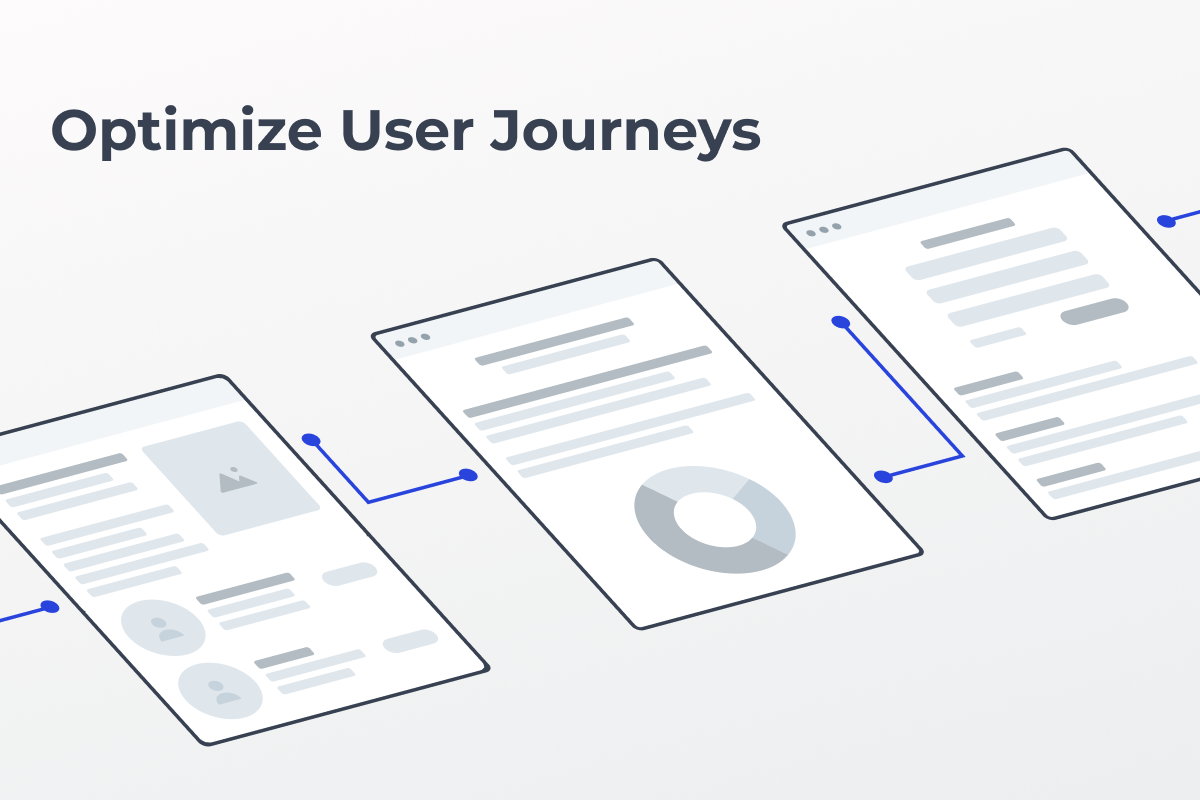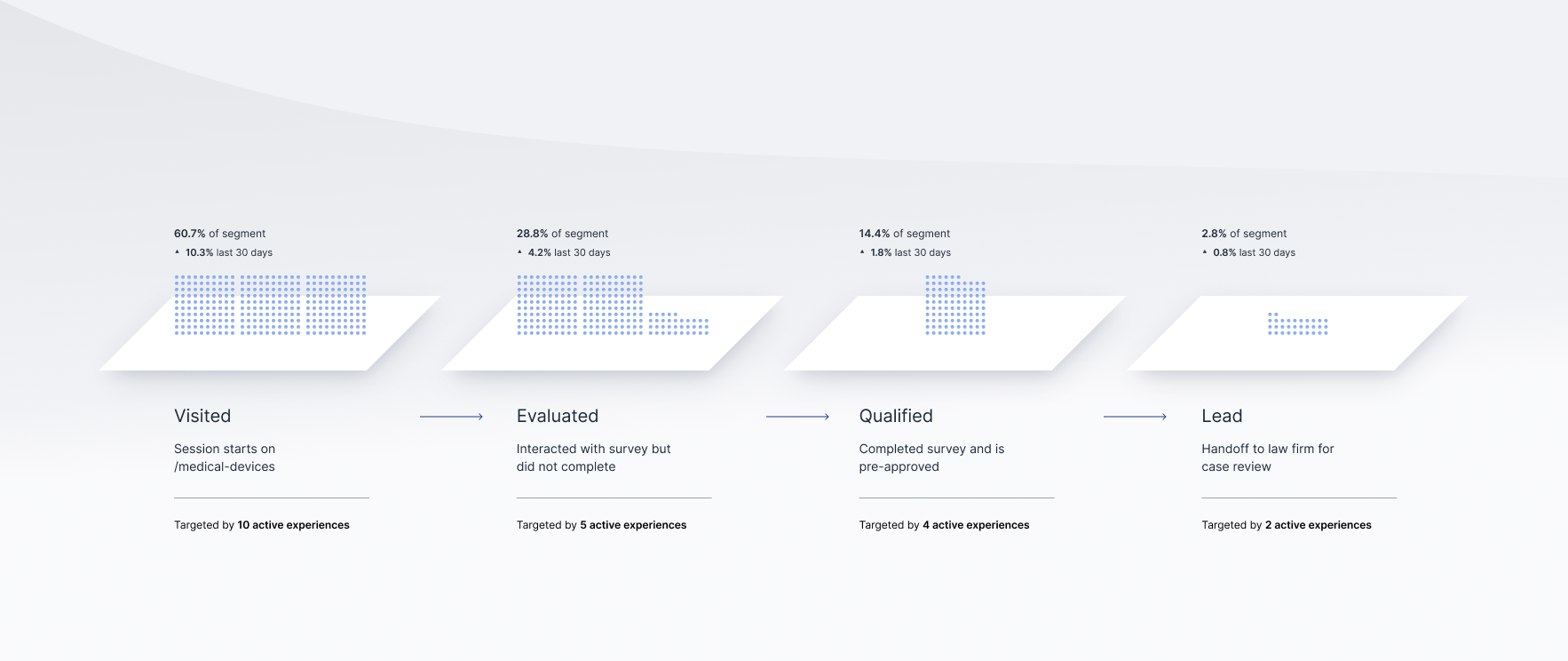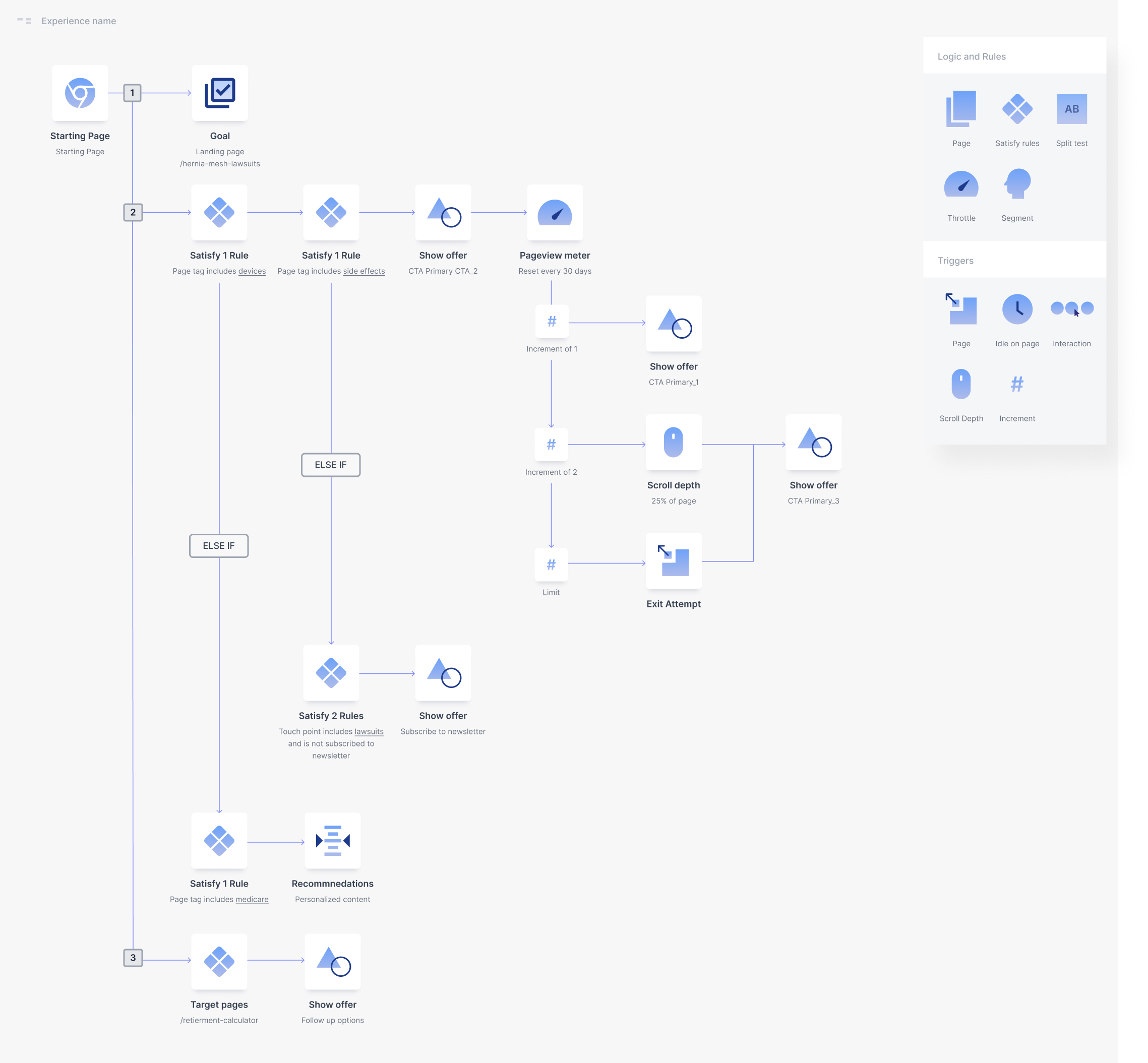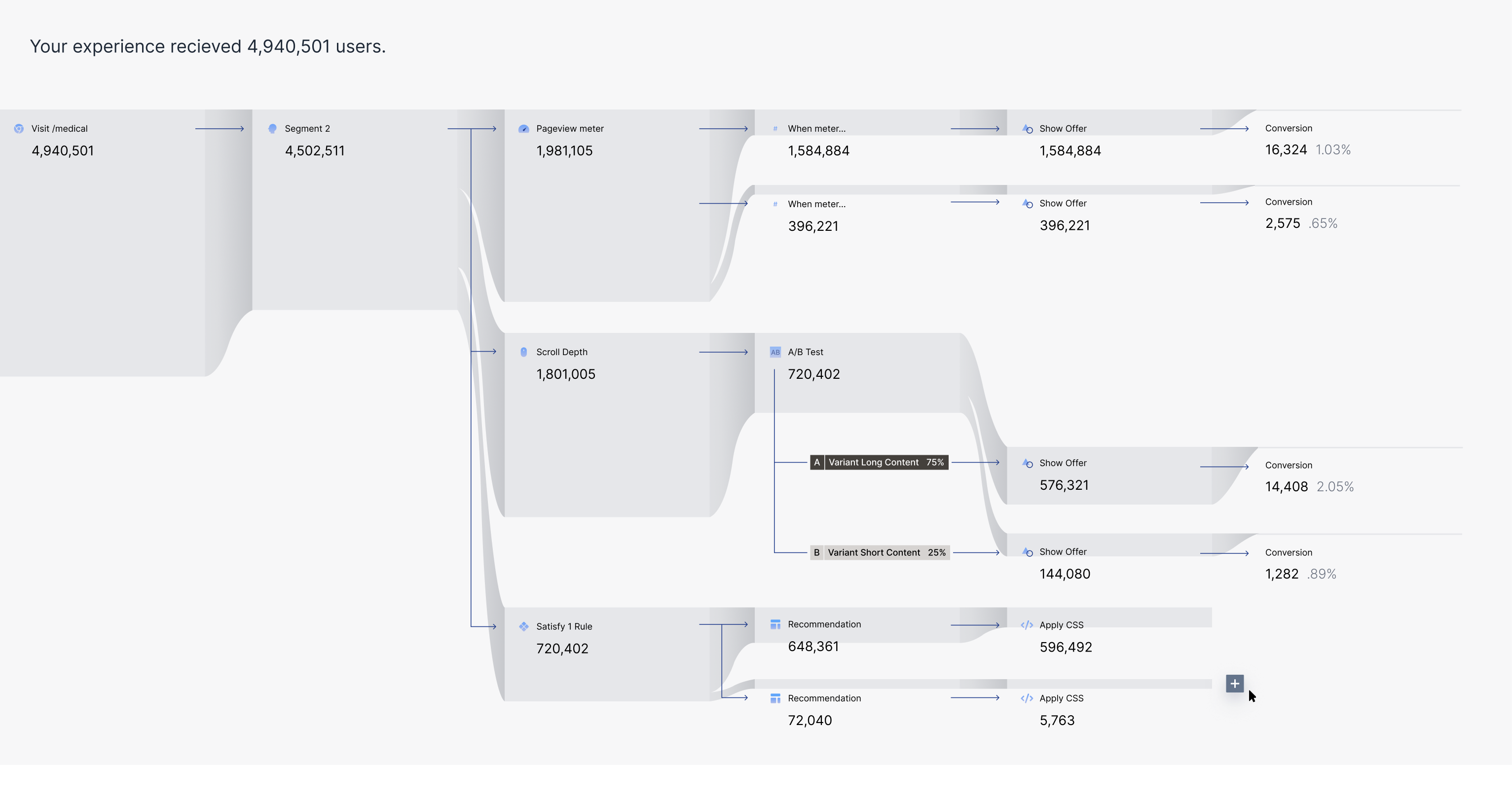Content Optimization

Have you ever met a stranger and instantly hit it off? They’re interested in all the same things you are, the conversation flows easily, and you feel like you’ve been friends for years…
Such situations might not manifest themselves every day, but we can all agree that it’s pretty awesome when they do.
So what if you could make your website into the equivalent of that stranger? That’s the allure of personalized web experiences.
I became familiar with personalized web experience when we integrated tracking tools like Woopra and Mixpanel into our tech stack in 2019.
Thanks to big data, I became obsessed with learning how to truly understand who our users are and how to use that information to our advantage (and at the same time wondering if this is all ethical and whatnot 😬).
In 2021, we had a marketing professional, Marie Haynes, speak to us about the latest SEO trends. During her talk, she mentioned how 90% of users never scroll to the end of the page; thus, a good content marketing strategy is to structure the first few paragraphs to answer what the user is searching for.
A good strategy indeed, but keyword stuffing while providing the answer to their SERP query in the first 3 paragraphs is a complex solution to scale across thousands of pages for 7 uniquely different brands. Our content writers work extremely hard to create engaging long-form content while our marketing team finds opportunities in the content to place internal links to funnel users.
So there it hit me. Is there a way to dynamically measure content experiences based on users' behaviors?

Most personalization tools focus on converting transactional websites by surfacing the next best offer to drive the next best action, automating experiences in opt-ins, form submits, signups, registrations, trials, memberships, and subscriptions.
But unlike transactional websites, content marketing is a long game.
My idea is an end-to-end management system for content-driven businesses. Propel content optimization based on audience, page behavior to drive a continuous user journey. Leverage AI-based content suggestions and build custom experiences by audience, page, channel, campaign, or content.
I imagine a tool to be a drag and drop experience where one could create sophisticated audience journeys without any technical effort, such as writing code.
What It Do Yo
Feature 1. Audience Management
Know who your users are.
Segmentation
Leverage first-party data, custom segments, and lookalike audiences to target based on profile, content, behavior, device, and inclination.
Content Relation
Engage each audience on the most appealing and valuable content based on page attributes, metadata, or URL conditions.
Targeting
Target specific audiences with personalized messages, CTAs, event promotions, or newsletter signup forms.

Feature 2. Automated experiences
Deploy sophisticated experiences.
Rules, Conditions, and Triggers
Control actions based on time, visits, user behavior, patterns, and on-site events.
Engage and React
Change the live site experience by showing dynamic offers or templates, firing custom actions, or modifying the site design.

Feature 3: Actionable Insights
Implement data with benchmarks, comparisons to help iterate or discover new funnels.
Split testing
Optimize the user experience and results by split testing strategies, messaging, and entire customer journeys. Measure and automate the top-performing experiences and leverage established best practices and benchmarks to set targets and goals.

Edge cases
Targeting
Designing with users in mind can be pretty tricky, especially if you are like me. I often get obsessive with what will work for every user in every context. This has led me to attempt designing systems that suit all users rather than the targeted users or, worse, systems that only serve my mental models.
Widening your target doesn’t improve your aim.
-Alan Cooper
From personal research, I have noticed that well-designed products have a sound understanding of who the targeted users are, without being over-engineered.
This is where a persona shines as a helpful tool; it helps create a clear and realistic knowledge of the final user while assisting teams in setting a shared understanding of their user group and building a final product that is user-oriented.
Editorial
Writers will have to write a page multiple times. Marketers will have to rethink their internal links strategy…. Unless there is a way to automate that as well…. Hmmm 🤔
Google’s SERP Algorithm
Google is not a fan of duplicated content. If a page is rewritten 3 or 4x for users' engagement, how can Google recognize the original live experience? Is the algorithm advanced enough to determine personalization? Page attributes like metadata and URL structure won’t dynamically change, so hopefully, that is enough signals to rank in SERPs.
This tool could be marvelous at personalizing experiences, but it could tank ratings if Google deems it foul play. There isn’t enough provided information to determine how Google’s algorithm manipulates content personalization.
And last but not least…
Technical Feasibility
Although I have a background in development, my technical education does not include artificial intelligence (I do want to learn about machine learning and neural networks tho!). I’m not 100% sure how dynamically changing content on a page works on the fly, but personalization tech exists, and many businesses are having success with it.
-
According to the McKinsey & Co’s study, 35% of Amazon’s consumer purchases come from their personalized recommendations, and 75% of what Netflix viewers watch comes from their algorithm recommendations
-
According to the Aberdeen Group, personalized emails increase click-through rates by 14% and conversion rates by 10%.
-
According to Forrester Research, 54% of retailers reported recommendation engines as the key driver of the average order value in customer purchases.
While all of these examples leverage complex algorithm design, massive data sets, and immense compute power, they’re nearly invisible to people who use these services, and that’s the point. Personalized services add value to the user experience, and when users have better experiences, businesses benefit too. Businesses of all sizes should be thinking about how to personalize their services to make user experiences more efficient, relevant, and valuable.